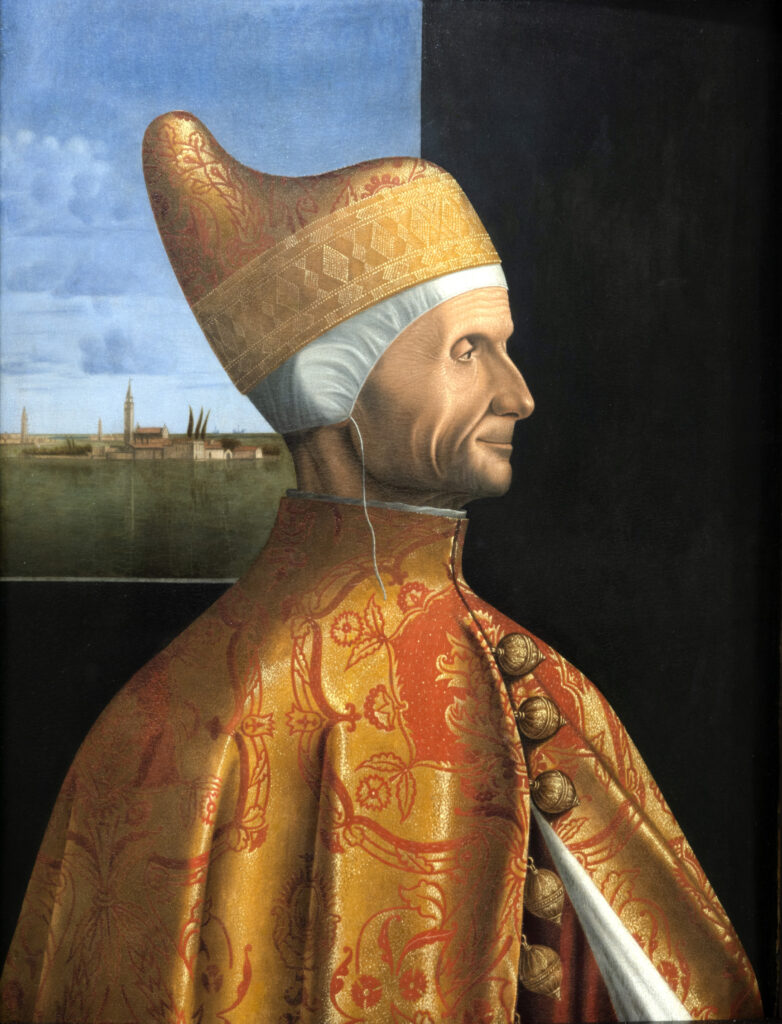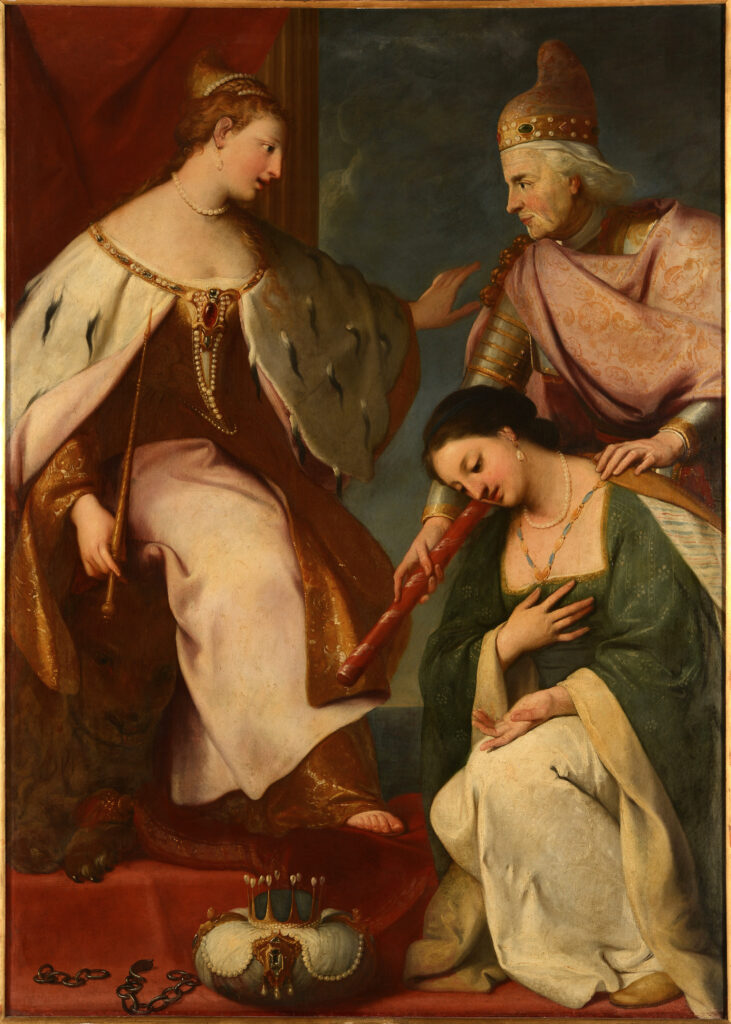Periodization, for all the fleeting satisfaction it provides, can cause severe headaches for a historian. “Among the many and various dangers that beset the would-be writer of history,” writes John Julius Norwich in A History of Venice, “one of the most insidious is the temptation to adjust . . . events in order to fit them more neatly into a prearranged scheme.” A particularly well-known example of this tendency is the argument over the precise date of Rome’s fall, a debate that has raged for centuries with no sign of resolving anytime soon. Of course, concepts such as rise and decline are fairly abstract. When it comes to the vast and muscular powers of antiquity, it’s not too difficult to ascertain the first symptoms of their downfall: mounting defeats on the field of battle, loss of core territories. Charting the rise and decline of a more modern, sophisticated polity such as the Republic of Venice, which was an economic and cultural powerhouse as much as a military one, can be more difficult.
Now on view at Nashville’s Frist Museum, the exhibition “Venice and the Ottoman Empire” attempts to do just that, covering the final third of the Venetian Republic’s history, from 1400 until its fall to Napoleon in 1797. Featuring more than 150 objects, the exhibition draws from the collections of Venice’s prestigious civic museums, including the Museo Correr, the Gallerie dell’Academia, and the Palazzo Ducale. Carpaccio’s Portrait of Doge Leonardo Loredan (1501–05), featured prominently in the exhibition’s main room, gives a taste of the pomp and splendor of the republic at its zenith. Loredan’s silk mantle and ducal crown are displays of ceremonial rather than personal opulence. They signify the glory and power of the republic, which the stern old doge had already served for many years and continued to serve into his eighties. There is a certain suggestion of an ancient Roman senator in his austere profile.

Having overcome its rival city-states on the Italian mainland, Venice had a relatively short time to rest on its laurels. The so-called golden age of Venice, Norwich observes, lasted slightly less than two hundred years, from its takeover of Padua in 1405 to the fall of its wealthy colony on Cyprus in 1571. Conventional histories portray a protracted period of economic and military decline after this, with a plague decimating Venice’s population in the 1580s and the ever-rapacious Ottomans seizing its key holdings in Greece. Yet the exhibition, focused in large part on the material culture of these great archenemies and occasional collaborators, provides an alternate perspective.
Commerce as well as conflict defined this period of Turco-Venetian relations. As its island colonies began to fall away, Venice came to depend on its exports; even the most pious of Venetians had no qualms doing business with the infidel to turn a profit. The exhibition contains a selection of round glass windowpanes or rui, taken from a sixteenth-century shipwreck off the coast of Croatia. The ship, which belonged to the da Gagliano family of Venice, was en route to the Ottoman capital, Constantinople, at the time of sinking. Its precious cargo was destined to grace the windows of an Ottoman potentate’s palace. These otherwise nondescript glass discs offer us a glimpse into the often amicable trade relations between two competing powers. In addition, there are many Venetian glass beads, of the type that has been found at sites as far afield as Alaska.

Textiles, particularly printed silks, also have their share of the exhibition. In earlier antiquity, silk was considered a luxury commodity in Europe due to its scarcity—it had to be imported via the Silk Road from China, which had a monopoly on its production, and only a privileged few could afford it. Silkworms were introduced to Europe during the Middle Ages, and during the period covered by the exhibition Venice established its own silk industry, one that continues to the present day. Venetian aristocrats favored elegant floral patterns inspired by Turkish textile traditions; brocades of red and gold were particularly popular choices. Many stunning examples are featured in the exhibition.
Some amount of cultural exchange between the Ottoman Turks and Venetians was inevitable, given the friendly trade relations between the two giants. Luxury items regularly passed between Venice and Constantinople, and Ottoman trade emissaries and their families resided at their own palazzo in Venice, the Fondaco dei Turchi. Displayed in the exhibition is a mihrab, or prayer niche, at which these emissaries would have prayed daily. Two portraits of Venice’s own ambassadors to Constantinople are also displayed nearby.

The constant diplomatic tension that existed between the two states is not to be downplayed, however. The Ottomans gained territory in Europe with each passing decade, subsuming the entire Balkans by the end of the fifteenth century. Once the Turks had set their eyes on the islands of the Aegean, conflict with Venice was inevitable. There were seven wars in total between the Venetians and Ottomans, and most of these resolved in the latter party’s favor. The major exception is the Sixth Ottoman–Venetian War (1684–99), which earns its own dedicated space in this exhibition. Under the leadership of Doge Francesco Morosini, Venice conquered the Peloponnese peninsula in Greece (then known as the Morea). The glorious victory is commemorated in a painting by Gregorio Lazzarini (1657–1730) in which Doge Morosini offers a dark-haired woman representing Morea as a present to the personified Venice, his bride. The toppled turban-crown of the Ottoman Empire lies at Venice’s feet, along with shattered chains symbolizing the liberation of Christian Greece from Turkish tyranny. This panoply of oriental symbolism would no be complete without silk: both Venice and Morea wear silk gowns, and the doge is draped in a lustrous silk mantle. Morosini’s ducal crown is also on display in the exhibition.
The later pieces in the show are emblematic of a bright, albeit brief, resurgence of Venetian might and confidence. They also hint at an artisanal culture that continued to flourish in spite of the city’s diminished fortunes and wavering influence on the global stage. In truth, Venice’s visual splendor did not fade after the sixteenth century but rather increased, and many of the city’s rich traditions continue to the present day. Venice is still home to textile manufacturers such as Fortuny (the founder, Mariano Fortuny, has his own section in this exhibition). Every year, tourists still flock to the Venetian island of Murano to watch the glassmakers at their craft. The masterworks in this exhibition give a fresh perspective on the varied history of the maritime republic and offer a timely reminder that a golden age is what we make of it.
















